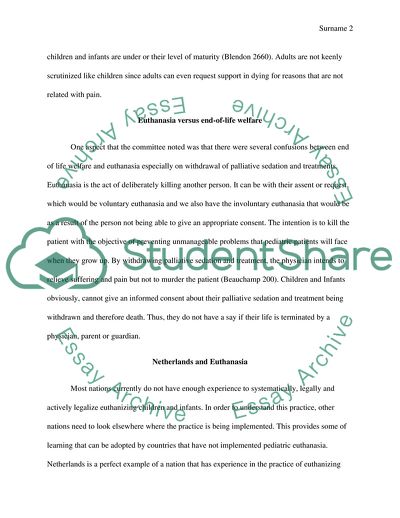Cite this document
(Pediatric Euthanasia Essay Example | Topics and Well Written Essays - 1500 words, n.d.)
Pediatric Euthanasia Essay Example | Topics and Well Written Essays - 1500 words. https://studentshare.org/medical-science/1849289-pediatric-euthanasia
Pediatric Euthanasia Essay Example | Topics and Well Written Essays - 1500 words. https://studentshare.org/medical-science/1849289-pediatric-euthanasia
(Pediatric Euthanasia Essay Example | Topics and Well Written Essays - 1500 Words)
Pediatric Euthanasia Essay Example | Topics and Well Written Essays - 1500 Words. https://studentshare.org/medical-science/1849289-pediatric-euthanasia.
Pediatric Euthanasia Essay Example | Topics and Well Written Essays - 1500 Words. https://studentshare.org/medical-science/1849289-pediatric-euthanasia.
“Pediatric Euthanasia Essay Example | Topics and Well Written Essays - 1500 Words”. https://studentshare.org/medical-science/1849289-pediatric-euthanasia.


